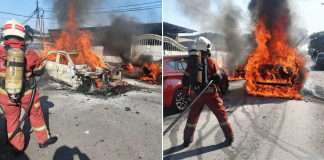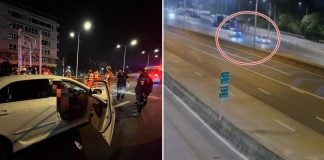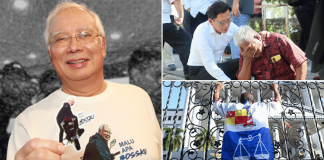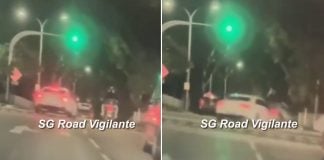Why Should We Put Up With JB Customs’ Shocking Inefficiency?
MS Mail is a series that spotlights contributors’ perspectives. Have an interesting take you want to share? Reach out to news@mustsharenews.com.
I stood waiting for 4 hours at the JB checkpoint. So did the 78-year-old Ahma beside me.
On Friday (2 June), a public holiday, I decided to cross the Causeway to Johor Bahru (JB) for a quick getaway.
Knowing that it’s the world’s busiest land-crossing and how incredibly crazy it gets during holidays, I expected crowds to peak on Thursday evening, the eve of a public holiday.
So I waited till late Friday morning to make my way to Woodlands Checkpoint. Buses were crowded, and I did queue for a good 30 minutes to board the bus to JB CIQ Complex. But crowds were moving considerably. And it took barely two minutes to exit through the e-gate at Woodlands.
When I reached the JB Checkpoint, however, I found myself walking to the end of a very long and packed swarm of people. Hundreds were stuck even before going up to the immigration hall.
Massive Crowds At Johor Checkpoints Over Vesak Day Weekend, Travellers Queue Up To 7 Hours
I later understood that it was because the hall was packed and crowds were not being cleared fast enough, causing the hold-up. The escalator up the hall was also malfunctioning, slowing things down even more.
20 minutes later, we climbed up to customs. It was a massive hall with lots of space, but it was water-tight full. There must’ve been thousands crammed in front of what I remember to be 18 counters. There was no line.
30 minutes into the queue, I realised what was wrong – we were barely moving. We would stand at the exact spot looking at the same cracked tile on the floor for half an hour.
“But the auto-gate must’ve been faster,” you say. It was, but most Singaporeans still went for manual counters. To be able to use the auto-gate, you need to go through the manual counter at least once AFTER you have filled in the Malaysian Digital Arrival Card (MDAC) beforehand.
So if you’ve been at the manual counter many times but never filled in MDAC before, sorry, it doesn’t count.
4 hours would’ve felt even longer if I hadn’t started chatting with those around me. Some were going to JB for church camp, and others taking a flight to India from there. Next to us was the line supposedly for “elderly and pregnant women”, though it didn’t move any faster nor get special treatment.
I started queuing at 12pm. By the time we were front enough to get eyes on the counter, it was almost 3.30pm. People were nearing their mental and physical limits.
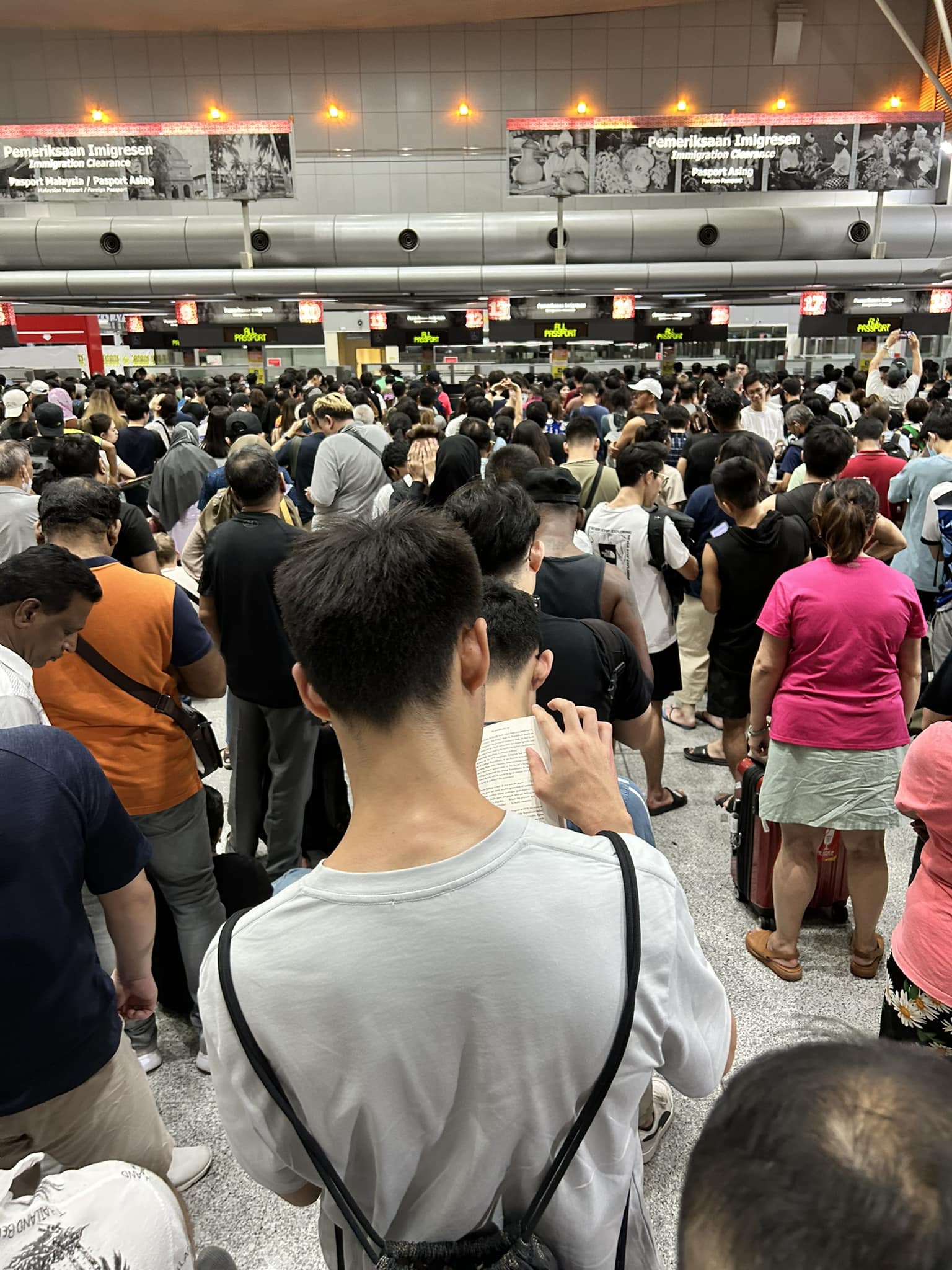
Source: Facebook
Toddlers started bawling, initiating waves of it. A guy suffered from back injuries and could no longer stand the back pain from standing for hours, so he asked to be moved to the front.
A 78-year-old auntie with a hunched back dragged around her luggage helplessly. A family told me they’d already missed their flight to India amidst their toddler’s exasperating screams.
The only thing stagnant there was the queue. Worst of all, officers at the JB Customs’ counters were seemingly chatting and idling. Their nonchalance at the whole situation was jarring. We were furious.
A million things they could’ve done went through my mind: get their escalators going, have better traffic control, simplify the steps needed to use the auto-gate, have officers onsite to help travellers register for e-gate, and enforce clear-cut lines. Most evident of all, work faster.
I passed JB Customs at 4pm and got to lunch at the ungodly hour of 4.30pm, with my feet swollen. I thought to myself: never again.
I can still choose other methods of transport, but those who can’t? Those who have to cross the Causeway regularly and have no choice but to be victimised by this blatant inefficiency? Who will speak for them?
Lucy
Have an opinion to share? Get in touch with us via email at news@mustsharenews.com.
Featured image adapted from Facebook.

